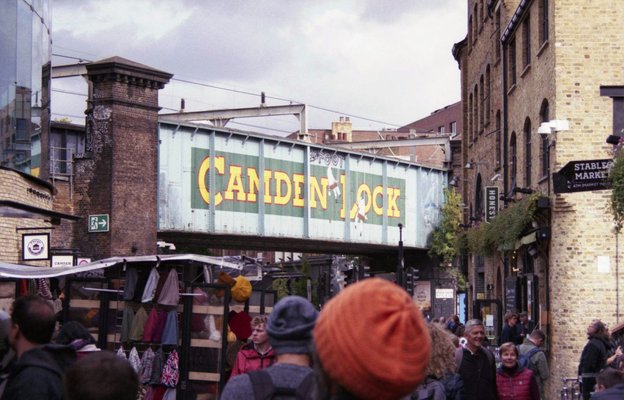
This month, a landmark report from the Social Metrics Commission revealed that 27% of Londoners are in poverty. That’s 2.4 million people—double the population of Birmingham.
And in the last year alone, another 100,000 Londoners were pushed into poverty.
This reflects what we already know. Too many Londoners are in poverty, and the rate has been stubbornly high for decades.
But a few months ago, we reported (using a different measure) that poverty in London has fallen to its lowest level on record. So what’s going on?
There are two different measures for poverty
Understanding poverty isn’t straightforward. Any single figure can only show us part of the story, and poverty statistics are only ever snapshots of a particular moment in time.
In the UK, there are two main ways that poverty is measured: the UK poverty line, and the Social Metrics Commission’s poverty measure. You can explore the difference in detail here.
Broadly speaking, the UK official poverty line is more straight forward. It looks only at incomes and housing costs. It doesn’t include many of the other unavoidable costs that push people into poverty - such as childcare.
The SMC’s measure uses a much more complex methodology to incorporate these costs.
Why do the SMC’s findings matter?
The SMC’s poverty measure tells us more about who is likely to be in poverty, and the nature of that poverty.
For example, in London we know that childcare costs are more expensive than elsewhere in the country. They’re a key driver of poverty.
But the current poverty statistics don’t take these costs into account – meaning that people who may be pushed into poverty by these costs often aren’t counted. The SMC’s measure also tells us more about the nature of poverty – not just how many people are in poverty, but the depth of their poverty.
For London, the SMC’s report tells us that:
- 27% of Londoners are in poverty – the joint highest in all UK regions
- 37% of children in London are in poverty
- Nearly 40% of Londoners in poverty are in ‘deep poverty’, meaning their resources are significantly below the poverty line. This is far higher than the UK average of 26%.
So which is right – is poverty in London rising or falling?
At a glance, the two measures seem to be telling us different things. According to the official poverty statistics, poverty in London is going down. And the SMC tells us that, in complete contrast, it’s going up.
But the longer term trend across both measures is largely the same: poverty in London is falling. By the official poverty line measure, it’s at its lowest on record. According to the SMC’s measure, poverty in London is at its lowest in two decades, excluding last year.
London poverty rate comparison (SMC and HBAI) (2002/03 - 2022/23) (2002/03 to 2022/23)
A chart showing London's poverty rate according to the official poverty rate & SMC's measure. Both show that in the medium term, London's poverty rate has reduced.
We’d love to think this is a good thing – that hundreds of thousands of Londoners are being lifted out of poverty. But the reality around us tells us otherwise. Living costs are significantly higher than a few years ago. The housing crisis is as bad as ever. Low pay is still all too common. So why is poverty falling?
Our current theory is that gentrification is forcing low-income Londoners out of the city in record numbers. We think that people on low incomes are being priced out London, and being replaced by people on higher incomes. You can read about how we came to this conclusion here.
The fact that London’s falling poverty rate is seen across two different measures tells us that something significant is happening. And if our theory is right, that means that London is at a tipping point – at risk of becoming a playground for only the very richest. It underscores the need for the government to take real and urgent action, particularly on the city’s housing crisis


